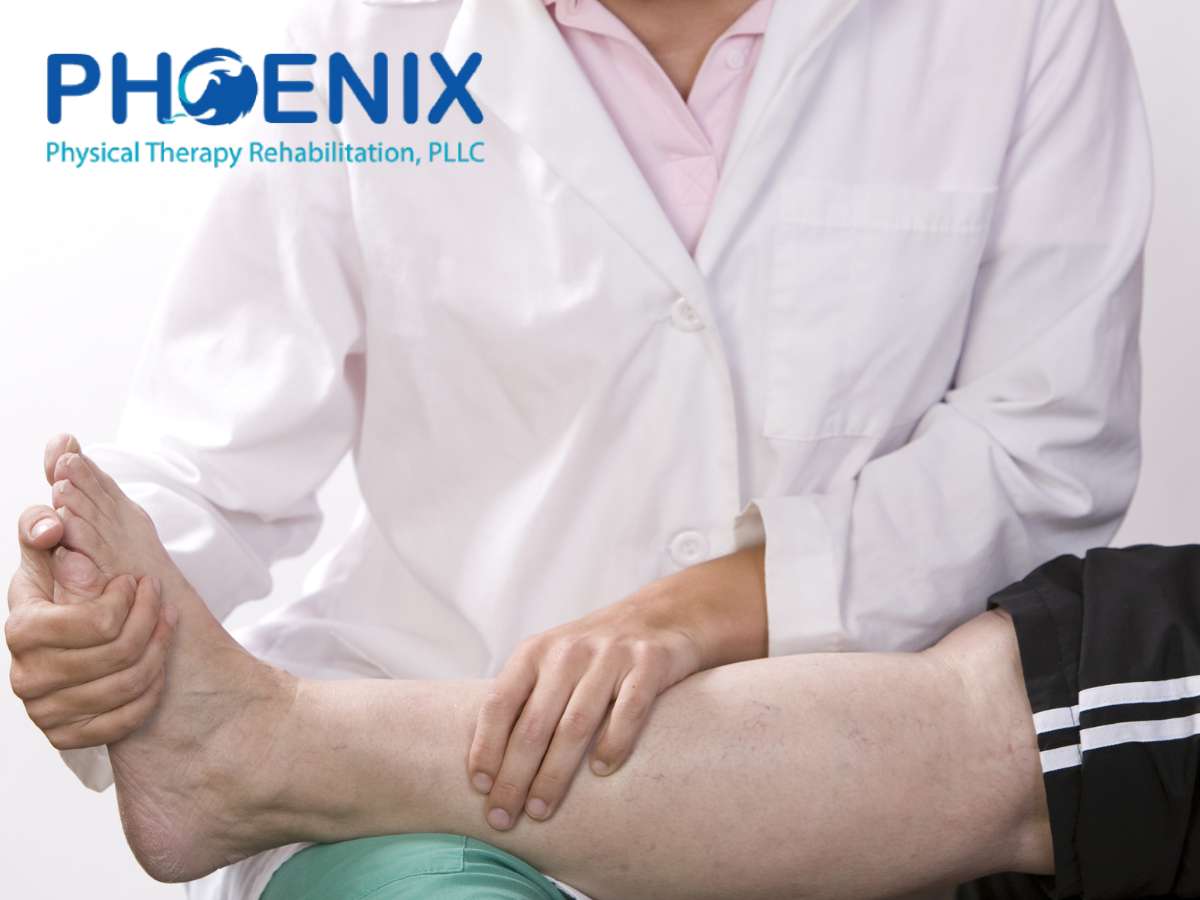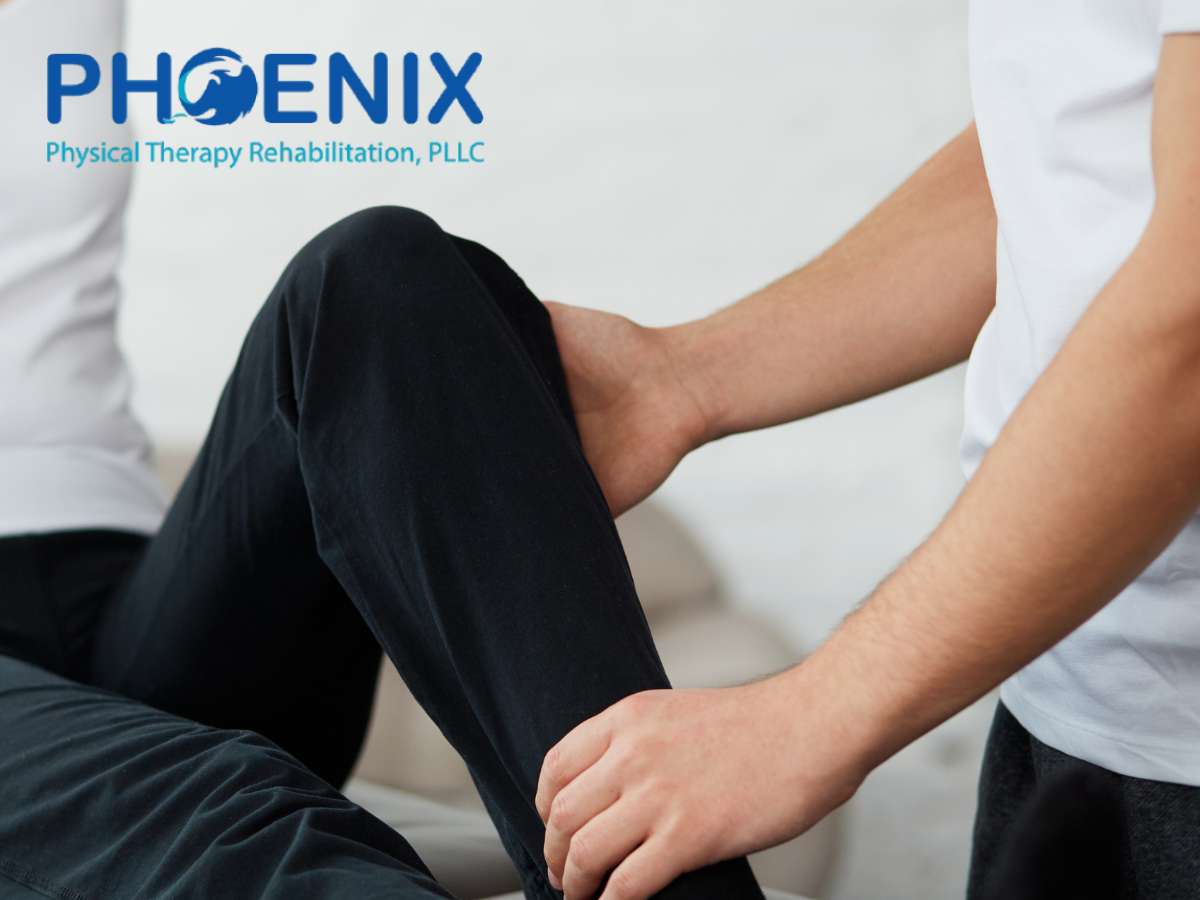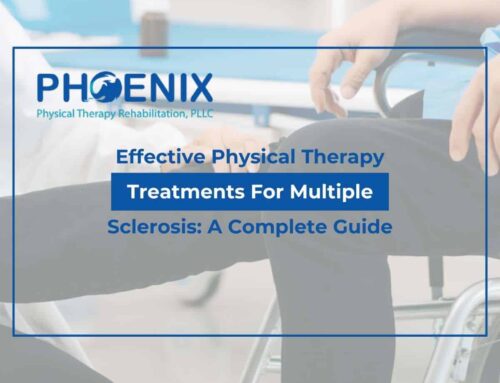Advanced Techniques In Physical Therapy For Enhanced Ankle Recovery
Ankle injuries, ranging from minor sprains to severe fractures, are common, especially among athletes and active individuals. These injuries often result in the formation of scar tissue, which can impede recovery and lead to long-term issues if not managed properly. Physical therapy plays a crucial role in addressing scar tissue, promoting healing, and restoring full function to the ankle. This article delves into the importance of physical therapy services in managing scar tissue after ankle injuries, highlighting various techniques and their benefits.
Understanding The Impact Of Scar Tissue On Ankle Recovery
What Is Scar Tissue?

Impact Of Scar Tissue On Ankle Injuries
Scar tissue in the ankle can cause several issues, including limited mobility, chronic pain, weakness, and poor circulation. The rigid nature of scar tissue can restrict joint movement, making it difficult to perform everyday activities. Additionally, scar tissue can irritate surrounding nerves, leading to persistent pain, and weaken the affected area, making it more susceptible to re-injury. Furthermore, scar tissue can impede blood flow, slowing down the overall healing process.
Key Roles Of Physical Therapy In Scar Tissue Treatment
Physical Therapy Goals
Physical therapy aims to reduce scar tissue formation, restore range of motion, alleviate pain, and strengthen the ankle. Techniques such as manual therapy and specific exercises can help break down scar tissue, while exercises and stretches are designed to improve flexibility and joint mobility. Pain management techniques, including manual therapy and modalities like ultrasound, are employed to manage discomfort. Strengthening exercises help to restore muscle function and prevent future injuries.
Manual Therapy
Manual therapy involves hands-on techniques to manipulate the muscles and joints, which is particularly effective in breaking down scar tissue and improving flexibility. Techniques used in manual therapy include massage therapy, joint mobilization, and myofascial release. Targeted massage helps to break down scar tissue and improve blood flow, while gentle movements of the joint help to increase the range of motion and reduce stiffness. Myofascial release involves applying sustained pressure to the fascia (connective tissue) to relieve pain and improve movement.
Therapeutic Exercises
Therapeutic exercises are tailored to the individual’s needs and the specific nature of the ankle injury. These exercises aim to improve flexibility, enhance strength, and promote balance. Stretching exercises help to elongate muscles and improve joint mobility while strengthening exercises target the muscles around the ankle to provide better support and stability. Balance exercises help to restore proprioception (the body’s ability to sense its position) and prevent future injuries.
Modalities
Various modalities are used in physical therapy to aid in scar tissue management. Ultrasound therapy uses sound waves to penetrate deep into the tissues, promoting blood flow and reducing inflammation. Electrical stimulation uses electrical currents to stimulate muscles and nerves, helping to reduce pain and improve muscle function. Heat therapy involves applying heat to relax muscles, reduce stiffness, and improve blood flow.
Kinesio Taping
Kinesio taping involves applying a special tape to the skin in specific patterns. This technique can help to reduce swelling, improve muscle function, and alleviate pain. The tape helps to lift the skin, promoting better lymphatic drainage, provides support to the muscles without restricting movement, and can help to reduce pain by providing a gentle massage effect as the body moves.
Phase-Based Physical Therapy Interventions For Ankle Recovery
Phase 1: Acute Phase
In the initial phase following an ankle injury, the focus is on reducing pain and inflammation. Key interventions include rest and protection, ice therapy, and gentle range of motion exercises. It is important to avoid activities that exacerbate pain, apply ice to reduce swelling and pain and begin with gentle movements to prevent stiffness and promote blood flow.
Phase 2: Subacute Phase
As healing progresses, the focus shifts to restoring range of motion and beginning to break down scar tissue. Interventions include manual therapy, stretching exercises, and strengthening exercises. Techniques like massage and joint mobilization become more prominent, gradually introduce stretching to improve flexibility, and begin with light resistance exercises to rebuild muscle strength.
Phase 3: Remodeling Phase
In this phase, the focus is on restoring full function and preventing future injuries. Interventions include advanced strengthening exercises, proprioception training, and functional training. Use heavier resistance to build strength and stability, balance exercises and coordination drills are important for restoring proprioception, and activities that mimic daily tasks or sports-specific movements are introduced.
Phase 4: Return To Activity
The final phase involves preparing the individual to return to their normal activities or sports. Interventions include sport-specific drills and ongoing strength and flexibility training. Tailored exercises that replicate the demands of the sport or activity and continued focus on maintaining strength and flexibility to prevent re-injury are essential.
Multidisciplinary Strategies For Comprehensive Ankle Recovery
Effective management of scar tissue after ankle injuries often requires a multidisciplinary approach. Collaboration between physical therapists, orthopedic specialists, and other healthcare providers ensures comprehensive care. This team approach helps to develop personalized treatment plans, monitor progress, and address underlying issues. Tailored plans address the specific needs of the individual, regular assessments and adjustments to the treatment plan ensure optimal outcomes, and identifying and treating any underlying issues, such as biomechanical imbalances, can prevent future injuries.
Long-Term Advantages Of Physical Therapy For Ankle Injuries
Engaging in a structured physical therapy program for managing scar tissue after ankle injuries offers numerous long-term benefits. Improved mobility, reduced pain, enhanced strength and stability, faster recovery, and prevention of chronic issues are some of the benefits. Enhanced range of motion and flexibility, effective pain management techniques leading to a more comfortable recovery, stronger muscles, and better joint stability reducing the risk of future injuries, targeted interventions promoting faster healing and a quicker return to normal activities, and addressing scar tissue and other complications early on prevents long-term problems.
The Indispensable Role Of Physical Therapy In Ankle Scar Tissue Management

Receiving treatment from certified physical therapists, such as those at Phoenix Physical Therapy & Rehab, offers numerous benefits that go beyond standard healthcare methods. With personalized treatment plans, comprehensive assessments, and expertise in a variety of therapeutic techniques, these professionals are essential in improving mobility, alleviating pain, and enhancing overall quality of life.
For those recovering from ankle injuries, managing scar tissue, or aiming to optimize athletic performance, the team at Phoenix Physical Therapy & Rehab can significantly impact your recovery and health journey. Contact us today to begin your path to recovery and optimal well-being.
Phoenix Physical Therapy
Rosedale Location
23520 147th Avenue, Suite 1,
Rosedale, NY, 11422
Brooklyn Location
7510 4th Ave., Suite 3,
Brooklyn, NY, 11209
Phone: (347) 733-1916







